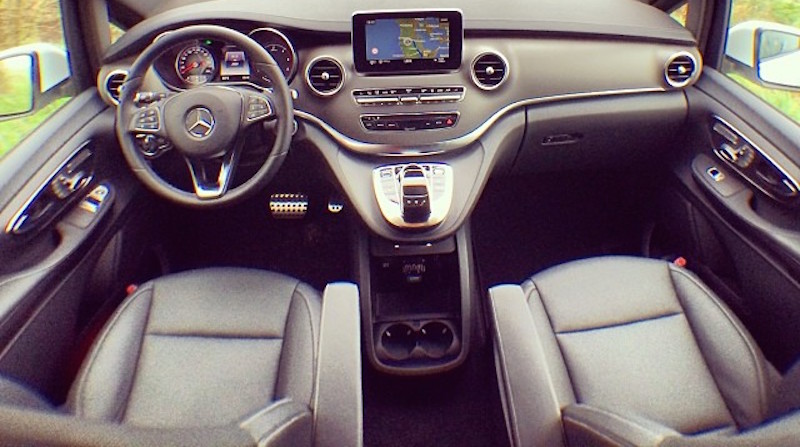
Between commuting, running errands, and road trips for holidays or vacation, you spend quite a bit of time sitting in your car. Make sure your seat properly supports you with this list of questions.
Having a seat that is comfortable and supportive helps reduce the strain (and resulting pain) on your body, especially your back and legs. If you’re shopping for a new car, the next time you test drive, check each of these areas to make sure you’ll be comfortable in your new ride.
- Is the seat comfortable (if possible, drive for about an hour)? Is there enough headroom so you do not slouch or bump your head if the car hits ruts or potholes?
- Does the seat support the full length of your thighs and all parts of your back?
- Can you independently adjust the:
- seat height from the floor,seat cushion angle,seat back angle (tilt), anddistance between the seat back and the steering wheel?
- Is the length of the seat pan (seat cushion) adjustable? There should be about 2-3 fingers width in the space between the front of the seat cushion and the back of the driver’s knee. If it is too long, it will exert pressure on the back of the knees, be uncomfortable, and may impede proper blood circulation in the legs and feet.
- Is the seat pan (cushion) contoured to better distribute the weight on the seat and prevent or minimize pressure points on the buttocks?
- Is most of the seat upholstered in a breathable material (for thermal comfort)? The edges of the seat pan and back can be finished in plastic or leather to minimize wear and to make it easier to slide in and out of the seat.
- Is the seat pan material ribbed? Horizontal ribbing on the seat cushion helps to prevent slipping forward and vertical ribbing in the back helps to prevent sideways movement.
While these questions are geared towards someone thinking of buying a car, you can also use them to figure out if your current seats are supportive enough. If your current seat doesn’t work in some of these areas, you can make a few modifications so it’s more supportive. For example, if you don’t have a 2-3 fingers width space between the front of the seat cushion and the back of your knee, add a cushion to the seatback that pushes you forward while still supporting your back. For more ergonomics tips for your car, check out the link below.
Advertisement
Driving and Ergonomics | CCOSH
Image from motorblog.
Sponsored















